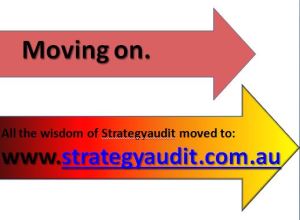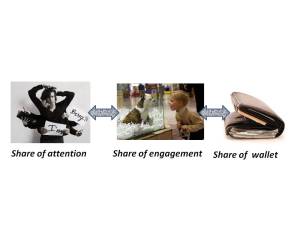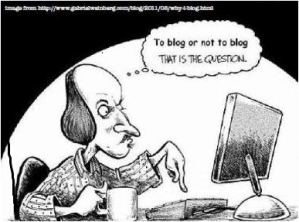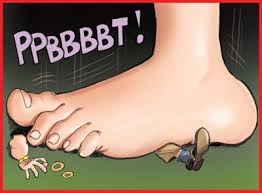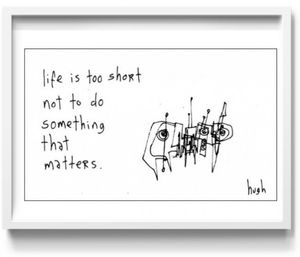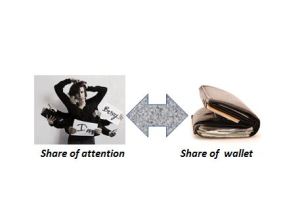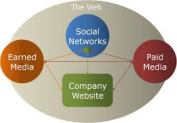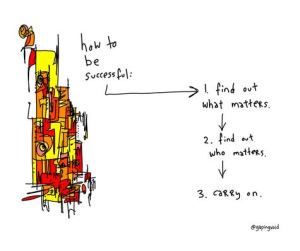In 1968 a seminal Book called “Consumer behaviour” Engel, Blackwell & Kollat described the 5 steps in the marketing process that dominated marketing thinking for the next 45 years.
It is clear that they are still as valid now as they have been for all those years. It is just that the tools we now have to manage the process are at once way more sensitive, and way more complicated than they were.
The 5 steps are:
Problem recognition. Not much has changed here, although we are way more sophisticated at discovering when someone may be seeking a solution to a problem, and can step in and assist, but essentially, the recognition of a problem to be solved remains where it has always been, with the consumer. In B2B, the sophisticated sales approach has evolved to what Neil Rackham calls “situation questions” that lead to unearthing and defining a problem, or opportunity for improvement the buyer was not immediately aware of.
Information search. Here the world has been turned upside down by the search tools available to consumers. In addition, sellers now have the opportunity to recognise an information search, and try to engage in the process with the searcher to deliver valuable information, and perhaps progress the sales process in their favour.
Alternatives evaluation. Perhaps this stage is where the greatest changes have occurred. Pre-web, it was the sellers who had most relevant information, and they were in control of the timing, type, amount of information, and how it was given out to a prospect. Now, the power is with the consumer, and in most cases this 3rd process is well advanced before a potential supplier has any idea that the buyer is in the market. However, it is also here that the tools available have exploded, from personalising the web site delivery of information to rapidly evolving promotional and informational mobile apps, emerging geo location mobile promotions, product and service review websites, and more .
Purchase. Amazon and Ebay turned the retail experience on its head, aided more recently by the penetration of mobile. However, when you look at the numbers, the percentage of a consumer total purchases made on line is not more than about 5%, but the spread is uneven across categories, and there is all sorts of research that offers a different, nuanced view. Just ask your local bookstore of music retailer if you can find one. In addition, new ways to purchase have evolved. Apple for example built an entirely new purchase eco-system with iTunes, which in itself is now being disrupted by Spotify and other subscription models.
Post purchase. The notion of the purchase transaction being the end of the game is also over. Lifetime value of a customer is now a really important consideration, as is the consumers opportunity to express their views post purchase via social media. Businesses that ignore the value and opportunity of the post purchase period, indeed the opportunity of consumers to express views on virtually anything, will probably not live long enough to fully realise their mistake.
These 5 steps still “step out” (sorry) the process, it is just that the tools being used have changed radically. It does not matter if you are the corner store, or Walmart, the steps hold true in almost every consumers approach to a purchase more significant than a box of paperclips, sometimes even paperclips.
Human behaviour is too hard wired to evolve at the speed at which the tools have evolved, so the manner in which the tools are used fits with the established behaviour, and changes it over time, rather than radical changes in behaviour emerging as a result of the new tools. Even the most widely adopted tool set of social media is just automating existing behaviour patterns, enabling the existing behaviour to be more effective, rather than introducing new ones.

